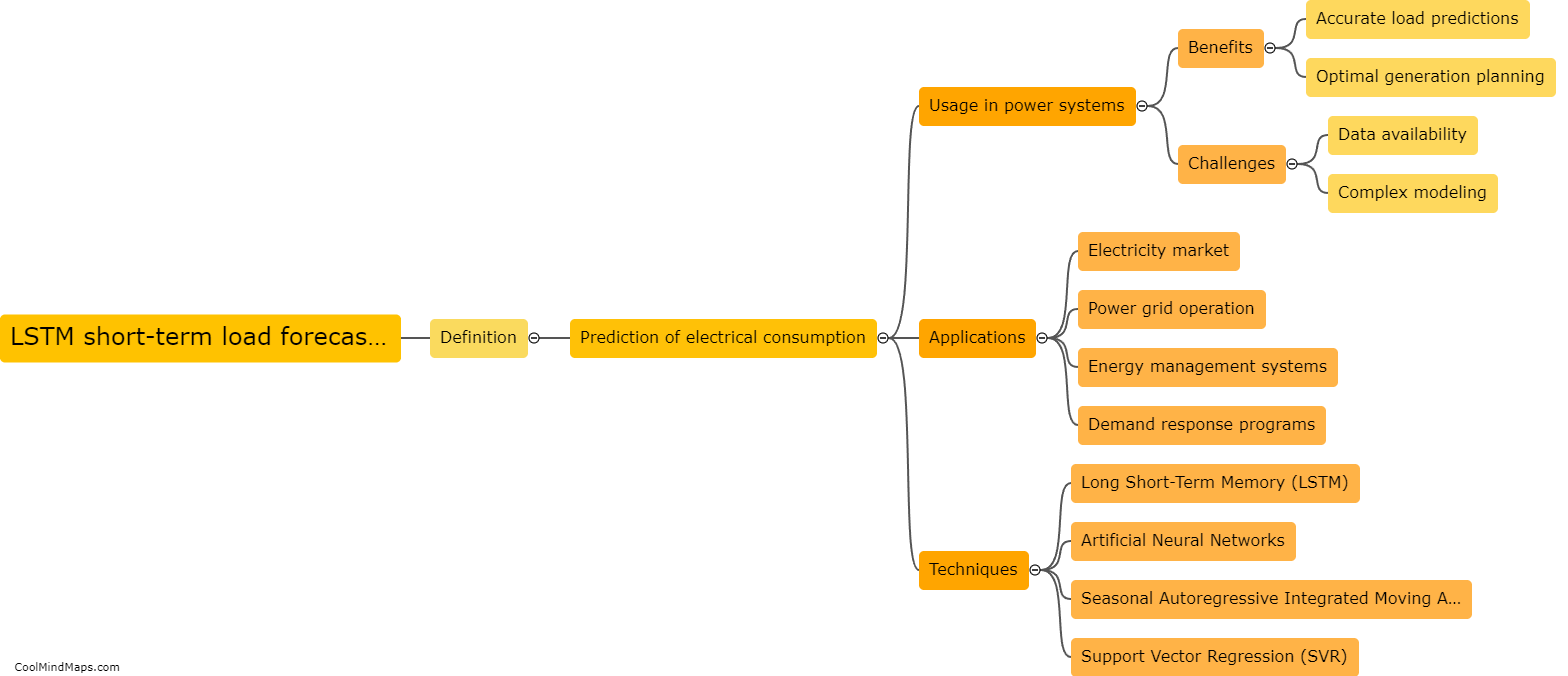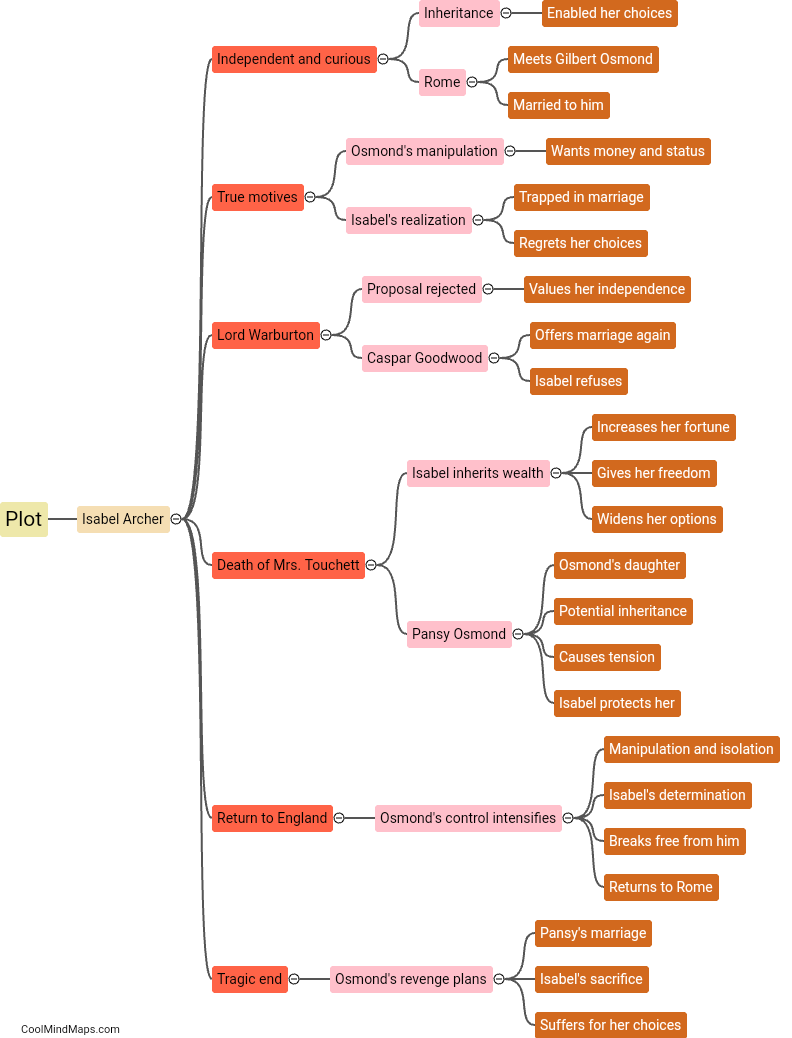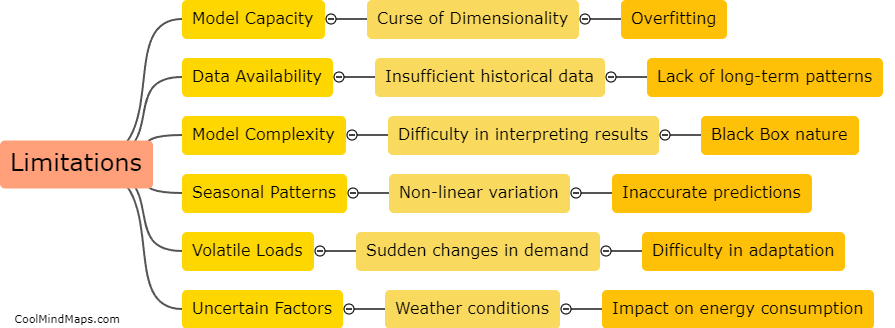What is LSTM short-term load forecasting?
LSTM short-term load forecasting, or Long Short-Term Memory, is a type of recurrent neural network (RNN) that is commonly used for predicting electricity load demand in the near future. It is specifically designed to address the challenge of capturing long-term dependencies in time series data, making it particularly useful for load forecasting tasks. LSTM models can learn and remember information over long periods, allowing them to accurately predict load patterns and fluctuations. By analyzing historical load data along with other relevant factors such as temperature, day of the week, and holidays, LSTM models offer valuable insights to utility companies, enabling them to optimize grid operations, allocate resources efficiently, and make informed decisions regarding energy production and distribution.

This mind map was published on 17 October 2023 and has been viewed 93 times.











